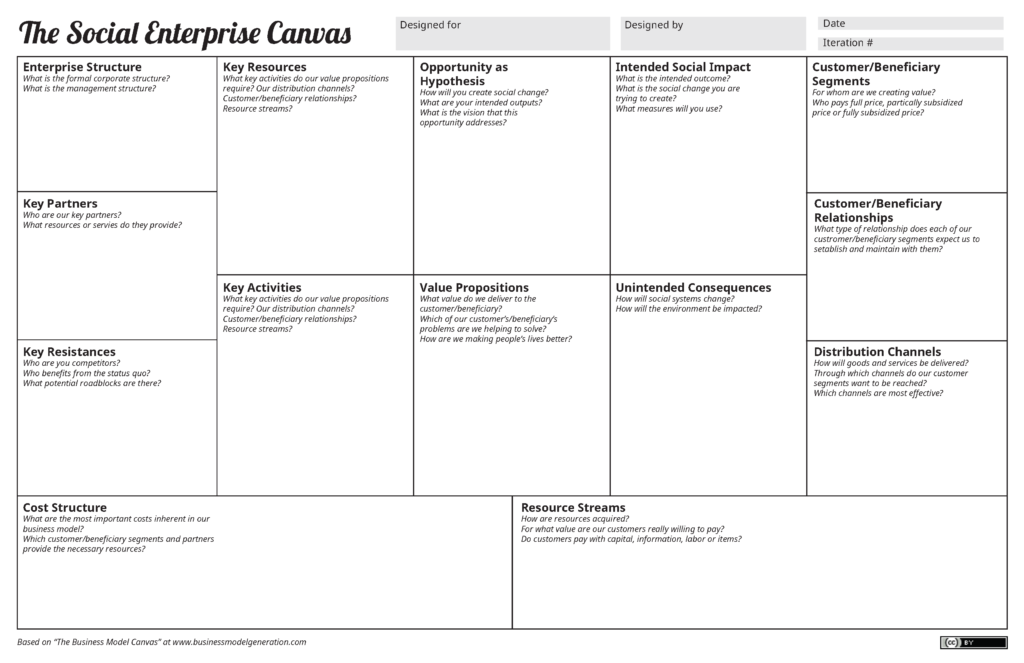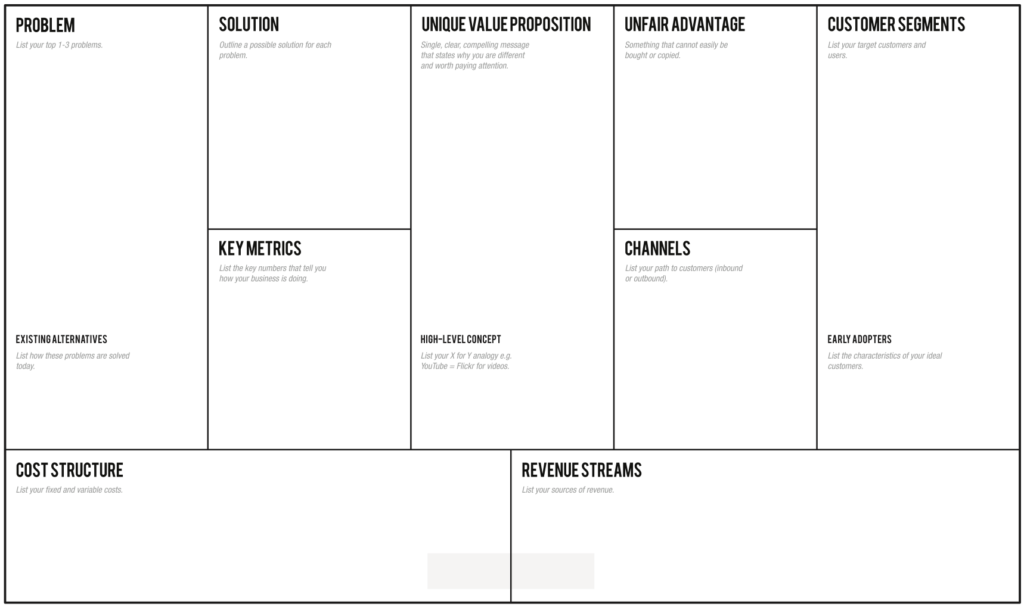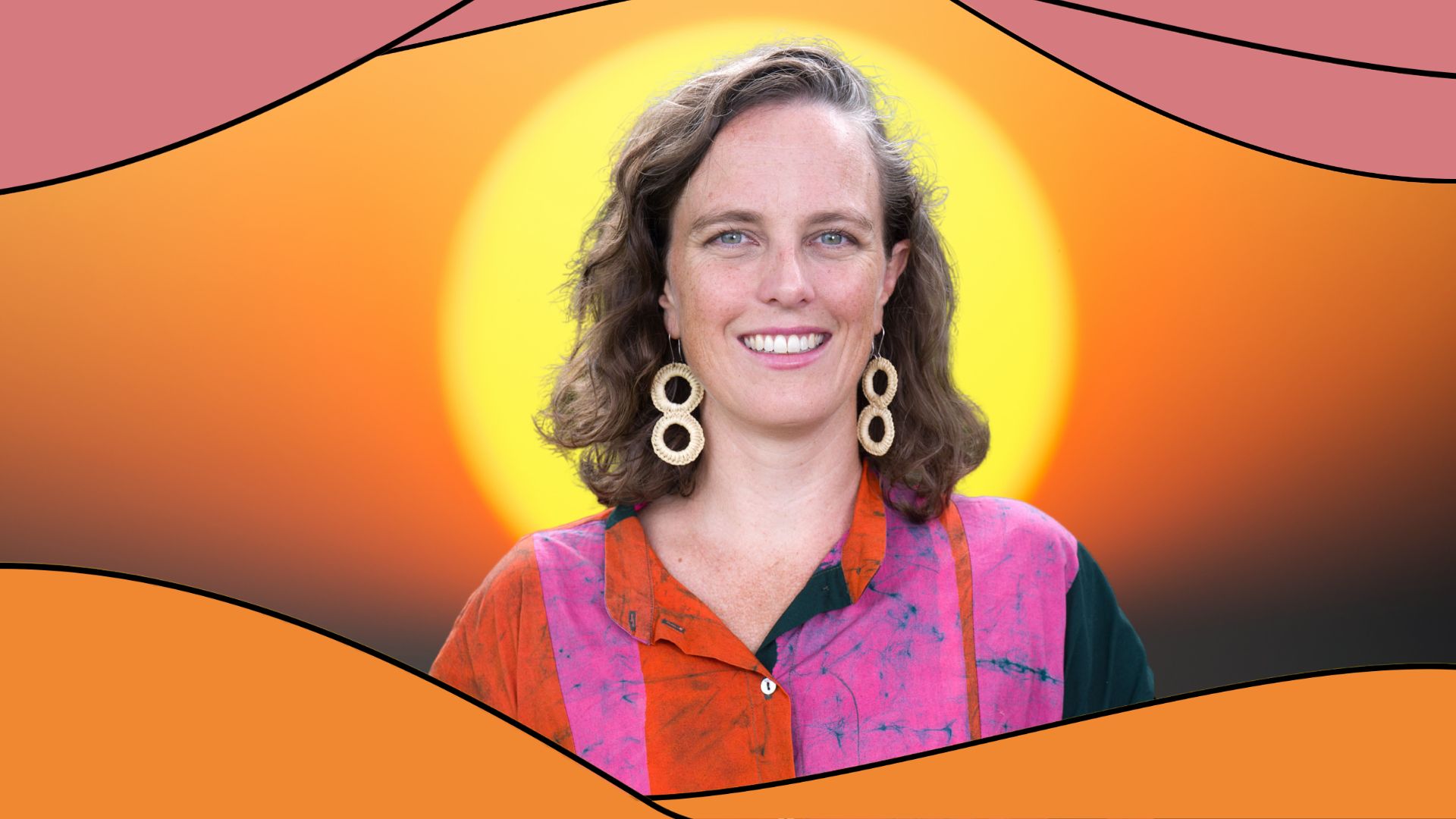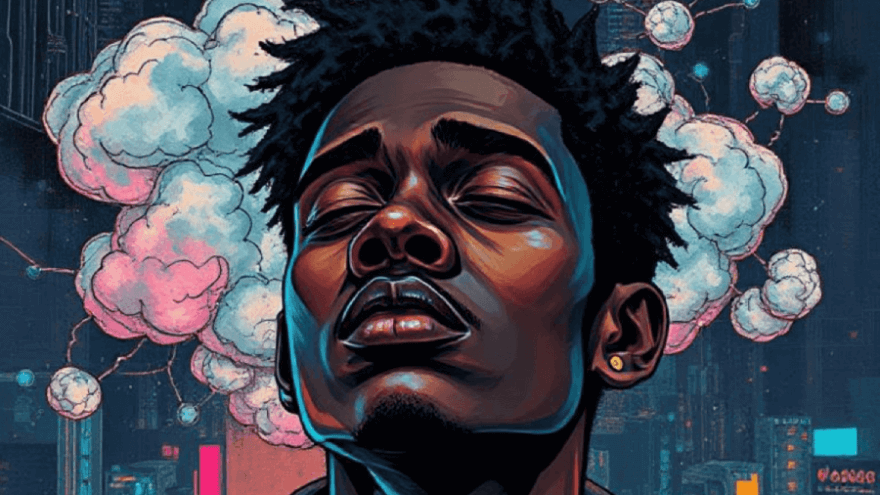By Eadaoin Doherty, Senior Product Manager at Cogent
We recently faced a problem that is getting a lot of air time at the moment. How can we balance social good with a commercial outcome, and how do we map the path to a sustainable future? We found a useful tool to help chart this path for a product aiming to influence the reduction in global immigration detention.
Getting the opportunity to work alongside businesses with purpose is one of the key reasons I joined Cogent. I want to work with people who are inspired to make a positive impact and are willing to use their time and energy to make it happen. So I was really excited when I got the opportunity to work with a human rights lawyer who wants to reduce immigration detention globally. What a wonderful vision, but how on earth does someone start doing that?
Cogent put together a team to help the founder figure out how to start this journey and determine which part to tackle first. As the product manager on the team, it was my job to think about the business models and how to fund this project. As product managers often do, I turned to my trusted lean canvas and as a team, we started to fill it in.
A common trait of the first cut of a lean canvas, in early stages, is a lack of focus, and this was no exception. The canvas had many potential customers with many potential problems, it was clear this was a complex problem. The founder’s experience and network were enormous, but no product can solve all problems, for everyone, from day one. We needed to narrow our focus.
The other problem was that our Revenue section of the canvas was empty. Where would the money come from? Who would buy this product? We were talking about making a positive change for people who often have nothing, who are supported by charities and NGOs that have very limited budgets. Did we need to use philanthropic funding, crowdfunding or ethical advertising? And how would we capture this on a lean canvas in a meaningful way that could guide us?
Was the traditional lean canvas going to cut it?
To gain more guidance I reflected on what the founder had said she wanted, financially, from this business. Her vision is for the organisation to be self-supporting and for any profit made to be invested back into the company, the product and to support the vision of reducing immigration detention. She isn’t looking to run a for-profit business, nor is she wanting to run a charity. Her vision falls into the area of social business. A social business is described as sitting between for-profit and non-profit sectors and contains elements of both. It has a major overlap with for-profits by that fact that it is a business in which profits are made; however, the owner(s) do not intend to make profits for themselves. The overlap with the non-profit is that it has a strong social focus, but it is not a charity.
I started to research canvases created for social businesses and enterprises, and there is a wide array out there.

Compare this to the traditional lean canvas, as explained in this previous Cogent article.

The first thing that struck me was the words used on the social enterprise canvas seemed more suitable for this product idea; using ‘beneficiaries’ rather than ‘customer segments’ and ‘financial sustainability’ instead of ‘revenue streams’. I realised that the words and sentiment of the traditional lean canvas were not inspiring us as they would if we were thinking about a for-profit business. We needed a canvas that inspired us to think more creatively for a social business.
I then found an article by Judith Sanderse in which she examines how to create a business canvas for NGOs. The author spoke to numerous NGOs and the resounding feedback was that the traditional canvas does not look at the impact of the business, and impact is what NGOs, not-for-profits and social businesses are all about! Capturing the impact of the organisation is absolutely key. From her research, she created the INGO business canvas.
In this model Sanderse splits the canvas in two, separating social impact and financial impact. For a social business, often the products and services the organisation delivers are not the routes to financial income, so this separation untangles these two concepts. The canvas is split as follows;The product section: running the product or services that will have a positive social impact. For our project, this was creating a product that ultimately contributes to reducing immigration detention globally.
Financial and fundraising: all the work that must be done to fund the product section of the canvas. For our project, this was looking at donors as well as determining if we could charge for use of the product.
Sanderse also made several other adjustments to the canvas to make it more suitable for social businesses, NGOs and not-for-profits:Impact is explicitly called out for both the product and the financial sections of the canvas. For a social business, having social impact is key, but the impact of the financial side is also called out as it enables the organisation to deliver that social impact.
A single value proposition is used across both sections of the canvas. The organisation has a single mission, this does not change, regardless of which part of the canvas you are working in.
In the product section of the canvas, the traditional word ‘channels’ has been replaced with ‘program delivery methods’, therefore adjusting the focus to be on delivering product or service with the greatest impact. The words ‘customers segments’ are replaced with ‘ultimate beneficiaries’, acknowledging that the people benefiting are not the people who will pay for this service. While working in this section of the canvas we need to devote our thinking to what is the most effective solution for the beneficiaries and not be too distracted by finances.
In the financial section, ‘customer segments’ has been augmented with ‘donors’, acknowledging the fact that the product may not be fully supported by paying customers, other routes to financial support may be required.
Vision is called out at the top of the canvas. Making this explicit and visible will encourage alignment across all activities. Everyone in the team needs to be moving towards the same future vision.
I worked through the canvas for the immigration detention project and presented it to the team to test if it added more clarity. The resounding response was “Yes, it does!”
Separating the product solution from the finances felt like opening a pressure release valve. We were recognising that creating the best product solution may not lead us to financial success, and it didn’t have to. The financial success of the organisation would have to come from a variety of sources and the product was providing only one of those.
For this project, the social business canvas proved very valuable. We could see clearly that creating a product to increase the visibility of conditions within immigration detention centres, and producing data that could be accessed by multiple stakeholders, would have a huge positive social impact. However we could also see that product sales, and data sales initially, would probably be low. So we started to look at other funding opportunities such as philanthropic funding.
This project also highlighted how important it is that the product tools selected for each project are fit for purpose. It is very easy to pull the same tools from the toolbox at the start of each project, but they won’t always be the best fit. Selecting a tool with the wrong sentiment, tone or language can slow the team down and make it very difficult to reach a collective outcome. So if it feels like a tool doesn’t quite fit,, have a look for an alternative.
If you are working in an NGO, social business or not-for-profit, try this alternative business canvas to see if you find separating product and financial aspects of your business plan leads to more clarity.
Want to learn more about the INGO business canvas? Follow this link.



